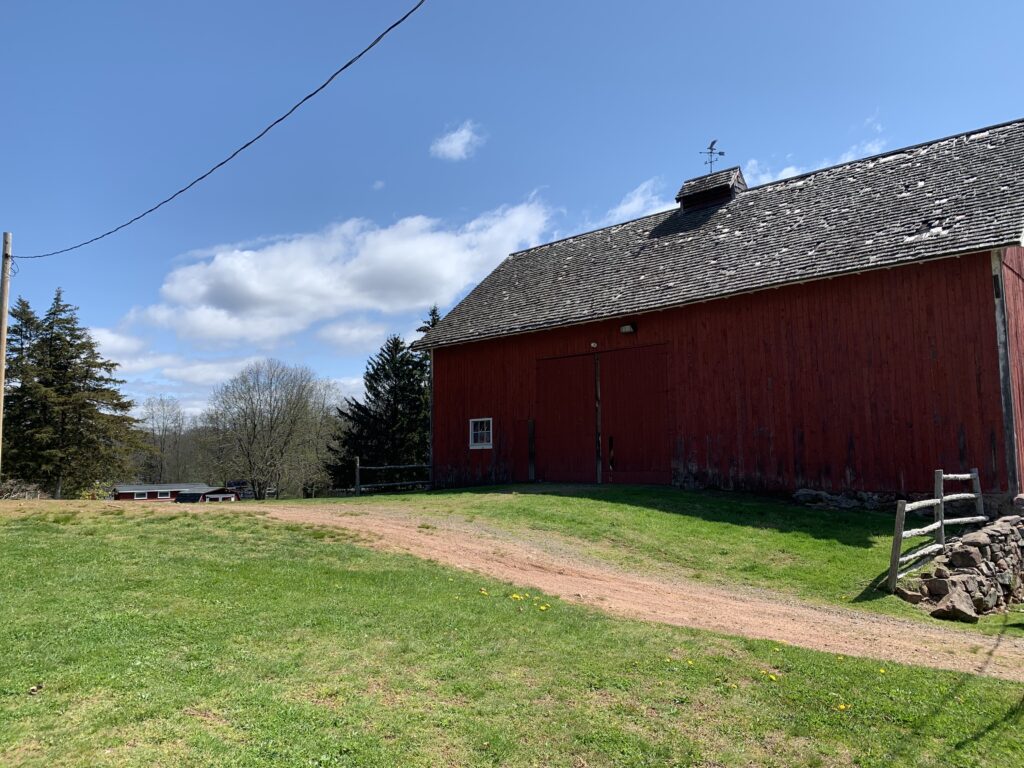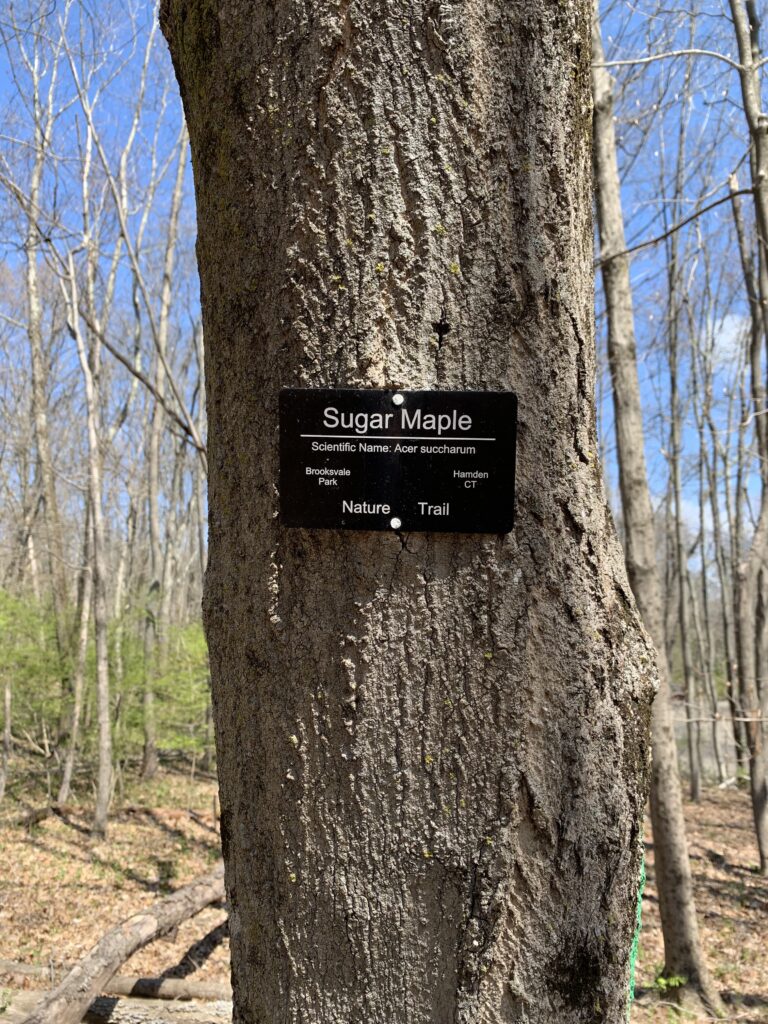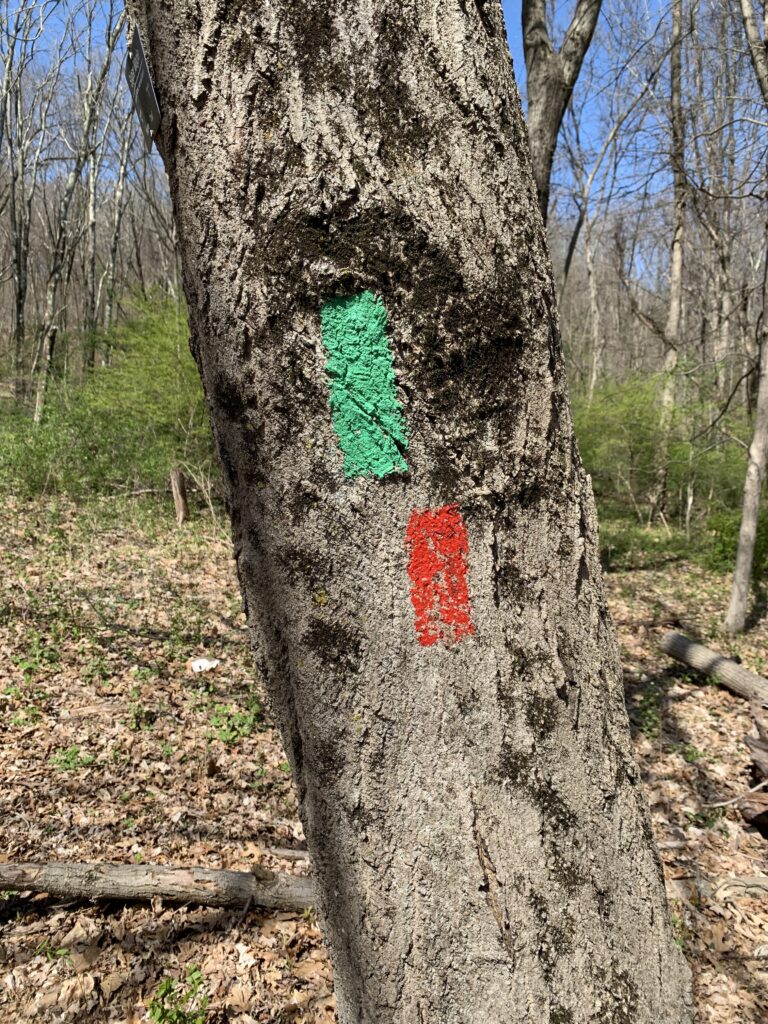By Mark Lucivero
Nestled in the northwest corner of Hamden, Connecticut lies a 600-acre oasis with farm animals, a community vegetable garden and a bee apiary. A few steps away is a sugar shack for boiling maple syrup and recreational fields next to a picnic area. Take a stroll over the hill to access more than 10 miles of hiking trails. All of this sounds like just a local town park, but for Hamden, it’s Brooksvale Park.
After becoming its own town in May 1776, Hamden played a big role in the Industrial Revolution in America. Eli Whitney, who is famous for creating the cotton gin, also made a name for himself in Hamden for establishing an armory that produced weapons for the U.S. Government during the early 19th century and helped begin the evolution of mass-produced firearms.
The history of Brooksvale Park begins in the mid-1850s, shortly after Hamden became an established community in southern Connecticut. Enos Brook, a resident of Hamden and owner of Brooksvale Farm, leased his farm to the town which let the poor exchange their labor for a place to live.
Hamden ran the so-called poor farm that produced crops and livestock to support and provide housing for the dependent and needy.
Poor farms declined in the U.S. in 1935 after the Social Security Act took effect and almost all were gone by 1950, as social services expanded greatly to help wounded World War II veterans. Poor farms today have been replaced by subsidized housing, such as homeless shelters.
One of the things that made Brooksvale park particularly unique was its addition of a ski slope during the 1950’s and 1960’s. This was a big recreational draw to the park during that time. Today, while the ski slope no longer is in use, visitors can clearly tell where it was and can even spot portions of the rope tow that brought skiers to the top of the hill. Check out this timeline for a full history of Brooksvale Park
Today, Brooksvale is so peaceful, it’s hard to imagine that it was once a bustling farm.
Now the park provides a suburban sanctuary to more than 100,000 visitors a year, according to Ranger Vincent Lavorgna.
“Our numbers have increased significantly since the coronavirus pandemic began,” said Lavorgna. “I used to say 70,000, then 80,000, but since COVID, we’re over 100,000.
Another reason why the numbers have increased so dramatically has been because of the non-profit Friends of Brooksvale, which works with Lavorgna and the town of Hamden to promote the park.
The Friends of Brooksvale acts like a bridge between the park and the town, advocating for the park maintenance and expanding its reach.
The Friends of Brooksvale, formed in 2003, aims “to provide environmental education, preserve and enhance the integrity of the park’s natural and cultural resources, and serve as an advocate for the park for the benefit of the citizens in the greater Hamden area,” according to its mission statement.
“Think of us like an advocate for the community,” says Kirsten Walker, one of its members.
Currently, the Friends of Brooksvale are working with the town to renovate the park’s historic barn. The barn was the working building during the Poor Farm years before it evolved and some of the barn animals were moved in. It has always been used to store equipment such as lawnmowers and tractors.
Years ago, the barn was used for formal events and dances, as well as a program space for a Birds of Prey event the park put on during festivals.
However, due to the current state of the barn, it is unusable for the public because of the deterioration it has.
When reconstruction does eventually happen, Lavorgna says he hopes the public programs can be resurrected and the barn can be a two-to-three season venue for a variety of events such as concerts, art shows and weddings.
Projects like these are difficult, as it requires the approval and coordination of multiple departments within the town of Hamden, leading to an inevitable, bureaucratic delay.
“In order to do things right, there needs to be a lot of information shared and departments involved,” said Walker. “All of this information and collaboration takes a lot of time.”
Walker says that the biggest hurdles are politics, legislation, liability and, especially, coordination. This is why things are so slow to happen in the park. For example, one mayor may have an increased interest in the park because that was their childhood park. The next mayor may feel differently if they don’t have a personal connection to the park and other issues take priority.
Friends of Brooksvale sees its job as keeping Brooksvale Park high on the priority list for each administration.
A crucial pillar of this strategy is education, which brings people to the park to learn about the barn animals, which are a huge draw for children, and more. The barn animals include three mini-horses, three sheep, one goat, eight rabbits and 25 chickens. All of the animals are rescue animals.

There is also a maple sugaring program each year that teaches local fourth graders how to make their own maple syrup.
After going through a long process of tapping trees for sap, it takes about 10 hours for the actual maple syrup to be watered, evaporated and cooked in the sugar shack.
Climate change poses a challenge to the park, as cold temperatures allow the sugar stored in the tree to be dissolved into sap, which is then tapped at the end of winter.
“You need a winter to have a maple syrup season,” said Peter Laffin, the leader of the maple sugaring program at Brooksvale. “Unfortunately, in Connecticut, our winters are disappearing.”
Laffin helps make the maple sugaring program happen each year, documenting trees in the park to know which ones he can tap and which ones need a rest year. Only maple trees produce the sap used to create the syrup and it’s a very delicate process to create the sugar and eventually the syrup. Fortunately, there are plenty of maples available throughout the park.
Brooksvale’s 10 miles of trails mean any type of hiker can find a path that suits them. The responsibility of the trails falls mostly to Steve Updegrove, who is also a member of the Friends of Brooksvale.

“One of our goals when we originally created the trails was for each one to be clearly marked so hikers can know what’s going on,” said Updegrove, who is also one of the members of the Friends of Brooksvale. “Safety is the biggest thing in mind when marking out each trail.”
The trails at Brooksvale are particularly well-marked. One of the goals, Updegrove says, when blazing the trails is to have the next blaze be visible, making it clear which direction the path is heading. Many of the trails are spacious with different viewpoints visible from every angle.
Updegrove has worked hard to limit hazards for hikers, ensuring that each trail is not on an angle, crossing boulders and large rocks or going through water for an extended period. By doing this, hikers can remain safe while viewing all of these different landmarks from a distance.
“We try to have our trails curve while moving along,” said Updegrove. “If a trail just goes straight, especially up a hill, it becomes susceptible to erosion from water, and other hazards, going down the straight path.”
Doing this also allows hikers to get different viewpoints as the trails curve through the park.
Prior to 2020, Brooksvale Park was similar to other suburban town parks. That all changed quickly with the coronavirus shutdown, as people strolled outdoors and Brooksvale welcomed them with (socially-distant) open arms.
“Everything has changed since COVID began,” said Lavorgna. “We’re now much more than a town park… we’re a regional park.”
Attendance has skyrocketed and the numbers have remained steady even after pandemic restrictions have largely subsided. This has been a blessing for Brooksvale Park.
During a time where seemingly everything went bad, the COVID pandemic was the best thing that could have happened to the park.
The newfound popularity of the park has sparked an interest from Quinnipiac University Computer Science students in creating an interactive application for smartphones. The app aims to include features such as a trail map, events page and emergency button that can connect hikers directly to the ranger.
“There were many steps taken to gather information that we feel could effectively display an interactive app for people who come to Brooksvale every day,” said Bryan Sullivan, a Quinnipiac University senior who is helping to develop the app. “We looked into platforms such as ArcGIS and Android Studio as well as gathering information on each individual trail that will help us display all of the trail information digitally.”
As the current team working on the app will be graduating this May, Sullivan says that the computer science students will be handing off the app to the town of Hamden for critiques before officially being launched.
While the app is still in its beginning stages, it’s meant to let users interact with the trails and learn the history of the park. It could also be used as outreach for future visitors.
Everyone interviewed for this story displayed clear passion for Brooksvale Park and care deeply about it. From Ranger Vinny, who lives on the property and works full-time in the park, to Peter Laffin, who helps organize the maple sugaring program each year and does so much to make the park look as nice as it does. Also, Kirsten Walker, one of the members of the Friends of Brooksvale, and the effort she puts into the Friends of Brooksvale to help the park continue to thrive while building for the future and educating in the process. Finally, Steve Updegrove and the incredible amount of work he does on each marked trail in the park. It is people like these that make Brooksvale Park a place you want to come back too. They make the park into a community.
Said Lavorgna, “Brooksvale is the hidden gem of Hamden.”
Listen to my conversations with Bryan Sullivan and Steve Updegrove below.
Audio Player Audio Player



